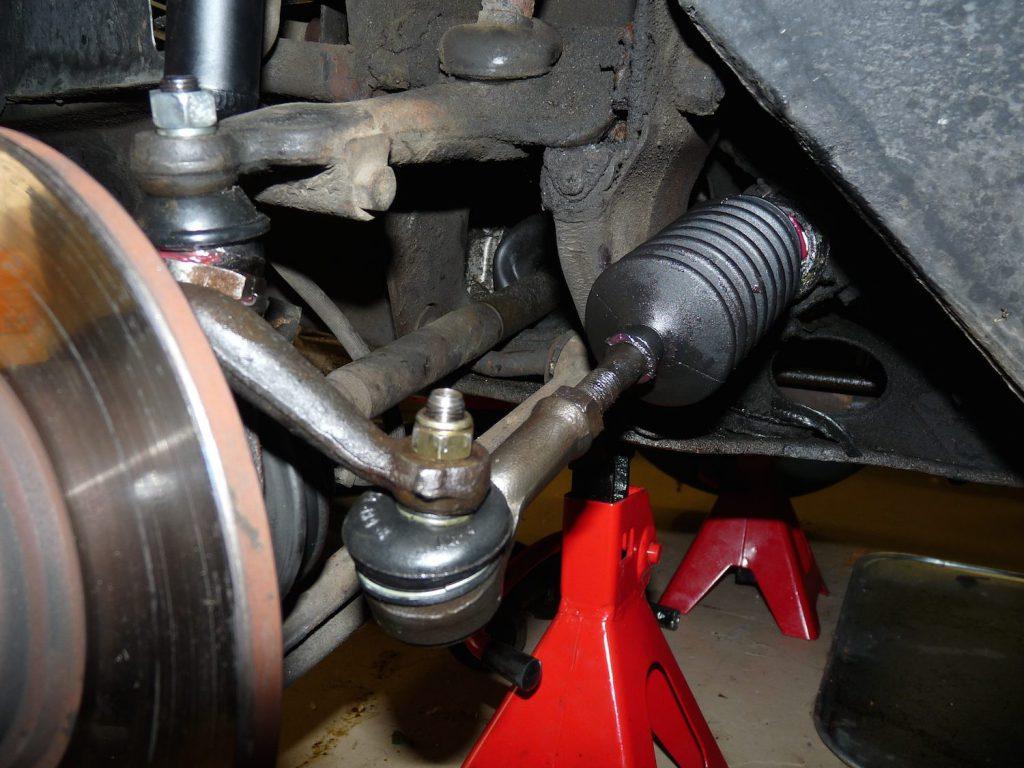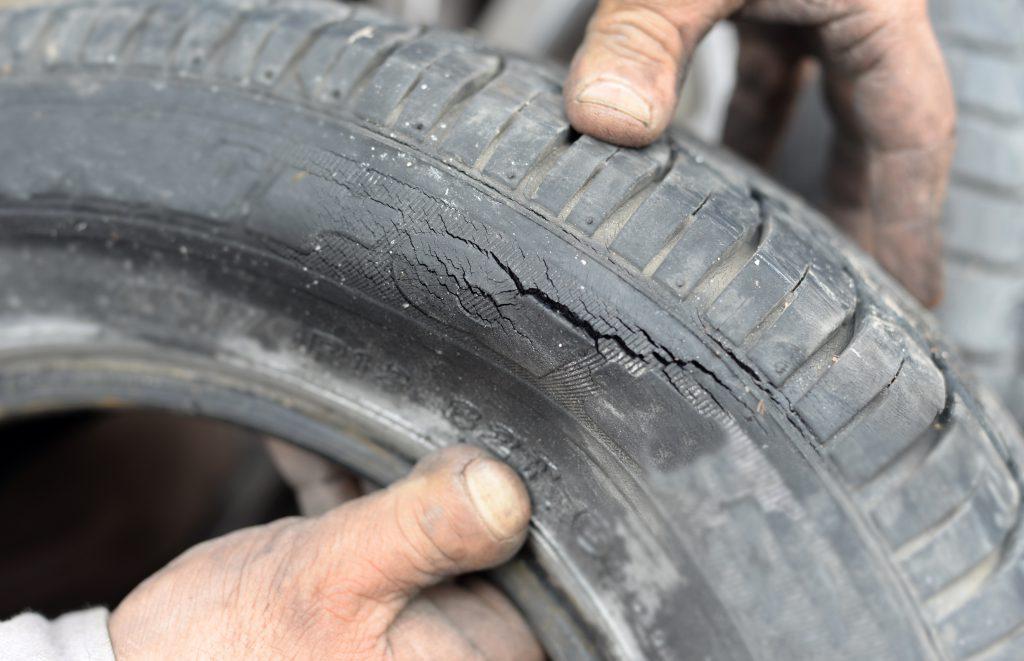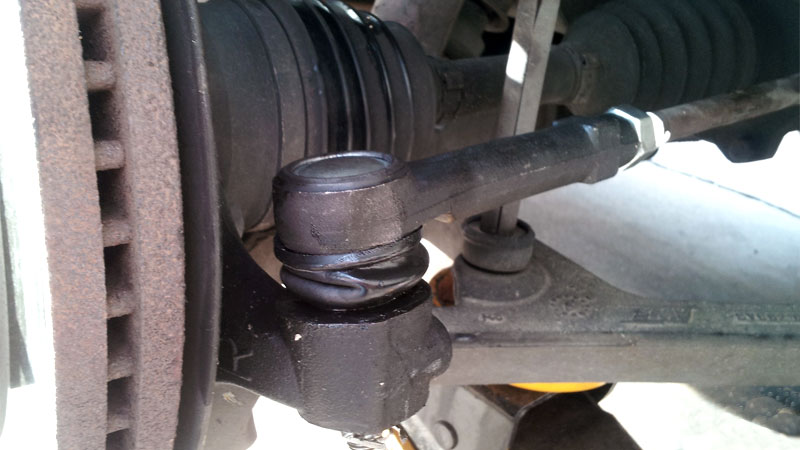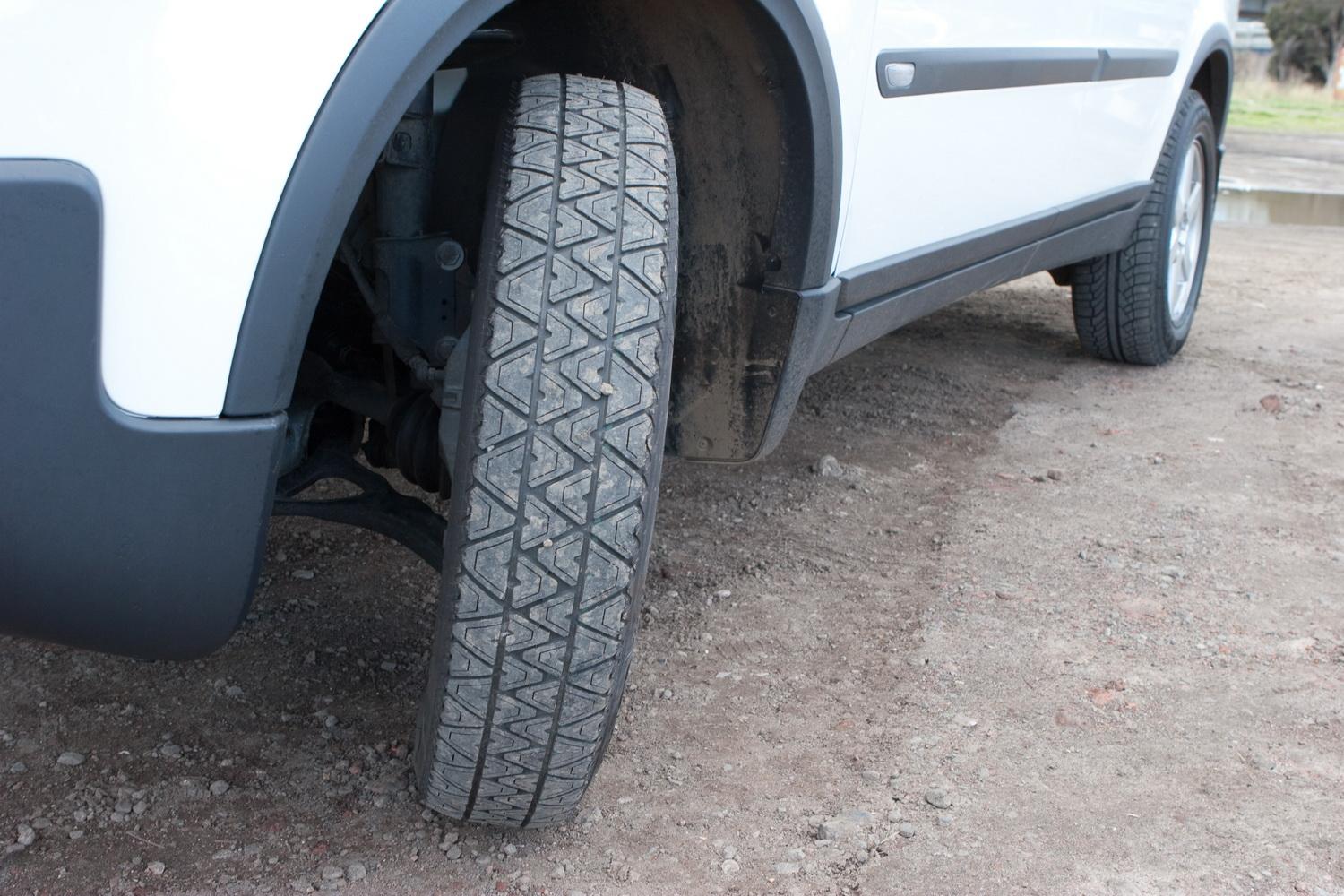A vital part of the steering system, tie rods give direction to the front wheels. If the tie rods break due to one reason or another, you may lose the steering control to direct the car as per your desire. When driving with a bad tie rod, things may go haywire and sometimes not in your favor.
Read on to get an insight as to how a tie rod can affect your driving experience.
Contents
Driving With a Bad Tie Rod – Looking Into The Adverse Effects
Tie rods are parts that form a link between the steering wheel and the car’s front tires. These tire rods hook up the steering rack with the steering knuckle on the two front wheels.
When you turn the steering wheel, the tie rod ends to either push or pull the wheels to force upon a turn.
When driving with a broken tie rod, safety could be one thing you would compromise with. Let’s explore what are the harms if you leave repairing or replacement for later.
1. Wobbly Front Wheels
When you drive at low speeds, everything seems to be fine. But when you suddenly push on the accelerator, and the front wheels start vibrating, things could get messy. This could happen because of a bad or a broken tie rod end.

Even a small bump could jolt your car when driving with a bad tie rod. Another side effect could be rattling noise that may not sound pleasant to the ears.
Send your car for thorough suspension system inspections as soon as you notice changes like vibrations or jolts.
SEE MORE:
2. Worn Tires
The tires may become worn out with time. But sometimes more than the time constraint, a bad tie rod could lead to wearing of tires.
In case, the tires seem to be unevenly worn, no need to worry as tie rods could be functioning properly. But if the tires are extremely worn out both on the inside and the outside, bad tie rods could be the reason.
When driving with a broken tie rod, things may get wavy which may put pressure on the tires’ quality as well. Look for certified mechanics and get your tie rods and front tires replaced for better stability.

3. Misaligned Front Tires
The issues with the suspension system, such as a worn out tie rod could lead to front wheel misalignment.
You may notice that while you move the steering to the left, the wheels do not seem to oblige. This could be due to misaligned wheels or in simpler terms the lousy tie rods.
When a tie rod loosens, the front wheels would become prone to misalignment. Send your car for the alignment, and you could refer to maintenance tips for aligning suggestions.
FAQs on Driving With a Bad Tie Rod
-
What are the common signs of a bad tie rod?
Common signs of a bad tie rod include excessive play or looseness in the steering, uneven tire wear, a drifting sensation when driving in a straight line, vibrations in the steering wheel, and a knocking or clunking noise when turning.
-
Can driving with a bad tie rod be dangerous?
Driving with a bad tie rod can be dangerous. It can result in a loss of steering control, making it challenging to navigate curves, maintain lane stability, and respond to sudden obstacles or changes in the road. This poses a significant safety risk to the driver, passengers, and other road users.
-
How does a bad tie rod affect tire wear?
A bad tie rod can cause uneven tire wear, typically manifesting as excessive wear on the inside or outside edges of the tires.
This occurs because the misalignment caused by a bad tie rod can make the tires point in different directions, leading to premature tire wear and reducing tire lifespan.
-
Can I continue driving with a bad tie rod?
Continuing to drive with a bad tie rod is not advisable. It poses safety risks, reduces steering control, and can lead to more extensive and costly repairs if left unaddressed. It’s crucial to have a bad tie rod replaced as soon as possible to ensure safe and reliable driving.

-
How is a bad tie rod repaired?
Repairing a bad tie rod typically involves replacing the damaged tie rod assembly. A qualified mechanic will inspect the entire steering system, identify the faulty tie rod, and then proceed to remove and replace it.
After replacement, the vehicle’s alignment is usually adjusted to ensure proper tire wear and steering performance.
-
Can I replace a tie rod myself, or should I seek professional help?
Replacing a tie rod is a complex and safety-critical task. It’s recommended to have it done by a professional mechanic who has the necessary tools, expertise, and equipment to ensure proper installation and alignment.
Incorrectly installed tie rods can lead to further problems and safety hazards.
-
Can a bad tie rod affect other parts of the vehicle?
A bad tie rod can affect other parts of the vehicle. When a tie rod is compromised, it can lead to misalignment issues in the front wheels.
This misalignment can, in turn, cause accelerated wear on other steering and suspension components, such as the tires, wheel bearings, and even the steering rack or gearbox.
Addressing a bad tie rod promptly can help prevent additional damage to these components.
-
How can I prevent tie rod issues in the first place?
To prevent tie rod issues, it’s essential to follow a regular maintenance schedule for your vehicle. This includes routine inspections of the steering system and suspension components.
Additionally, avoid driving over potholes or obstacles at high speeds and be cautious when parking, especially in areas with curbs or raised surfaces. Addressing alignment issues promptly can also help prevent tie rod problems.
If you notice any symptoms of tie rod issues, such as steering anomalies or unusual tire wear, have your vehicle inspected by a qualified mechanic to catch and address problems early.
Check out this video from ChrisFix to learn more about how to tell if your inner and outer tie rods are good or bad on your car or truck!
Conclusion
You should know that your safety is entirely in your hands. When driving with a bad tie rod, things could fall out of your hands. Ignoring would not help you anyway. Fix the problem while you have time and ensure precise twists and turns on your next drive.



